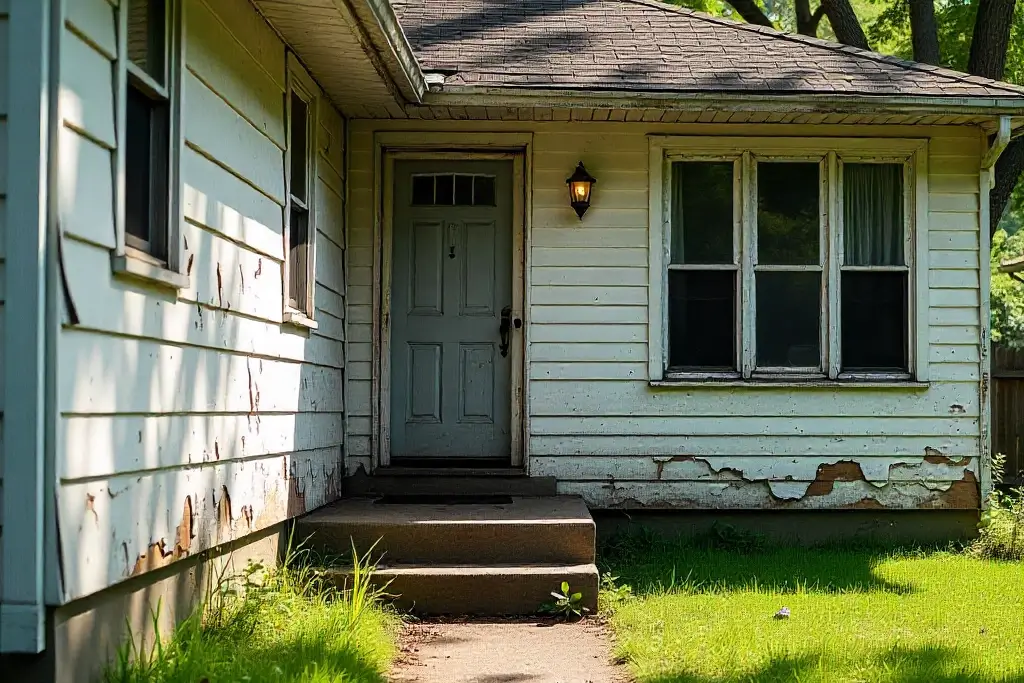Many homeowners wait until something breaks before calling for help, but that delay comes with a price. The costs of neglecting home exterior elements often show up later in the form of water leaks, mold, high utility bills, and more. Poor upkeep also drags down your home’s energy efficiency, which means higher monthly costs.
The most significant risks usually start small and can be prevented with regular maintenance. At Maupin Roofing, we’ve seen this pattern repeat time and again, and this guide will help you stop any damage before it gets worse.
1. Mold Growth and Moisture Damage
Moisture is one of the most dangerous things for your home’s exterior. Water infiltration from damaged siding, missing shingles, or failing flashing lets moisture sit inside walls. That causes mold growth, mildew growth, and rot. Over time, you get structural deterioration caused by wood rot in frames or siding, as well as damage inside walls or ceilings from hidden moisture.
Besides the damage, there are health hazards. Mold remediation isn’t cheap, and if mold spreads into insulation or drywall, you’ll need more than just cleaning. It’s also uncomfortable as it produces musty smells, damp spots, and causes allergy or asthma issues.
2. Compromised or Peeling Exterior Paint
Exterior paint does more than look good. It’s a barrier. Once it starts peeling paint or fading paint, the barrier fails. That lets moisture, pests, sun, and wind start wearing down what’s underneath, including exterior elements like wood trim, siding, and fascia.
When paint peels, it often means the finish is gone. The right paint job not only helps curb appeal, but it also prevents costly repairs in the future. If you wait until the paint is badly faded or peeling, you’ll probably need siding replacement or more intensive work. We’ve seen many homeowners skip repainting because it feels cosmetic, but as soon as the paint fails, structural damage or more serious rot can actually set in. A fresh coat today can save you thousands later.
3. Foundation Issues and Structural Damage
What we consider minor issues on the exterior can affect a home’s foundation. Bad drainage (gutters clogged, downspouts misdirected), water pooling around the base, or water leaking in from cracked or damaged siding lets water do real damage. That leads to structural damage around the footing, cracks in the foundation, uneven floors, doors that stick, and more.
Structural deterioration isn’t always obvious until it’s serious. Once the foundation shifts, repairs are expensive, invasive, and sometimes disruptive to daily life. If you don’t address minor issues now, like a small crack or a leaky gutter, you risk major structural damage later.
4. Reduced Energy Efficiency and Higher Energy Bills
One of the biggest hidden costs is energy loss. Cracked siding, worn sealing, compromised insulation, and aging materials let air leak in or out, and your HVAC system works harder to maintain a comfortable temperature. That raises your energy bills and speeds up wear on the HVAC system.
We’ve had clients who replaced damaged siding or installed tighter windows who saw not just lower energy bills but also better performance from their heaters or air conditioners. Higher utility bills from inefficient exterior elements can eat into your budget every month. So, keeping a well-maintained exterior, sealing entry points, and replacing worn insulation all help avoid increased energy consumption, expensive repairs, and even early replacement of HVAC.
5. Aging Materials
All materials found outdoors age. Siding warps, roof shingles wear, caulk dries and cracks, and paint fades. If you wait too long, they fail even more and cause significant problems.
When roofing or siding are at the end of their life, even if they look mostly okay, a strong storm or harsh weather condition can trigger sudden failure. Then, the repair becomes siding replacement or even replacing structural elements beneath. Many homeowners assume materials will last forever, but unless you do routine maintenance and timely repairs, aging materials can lead to structural deterioration and emergency repairs.
6. Decreased Curb Appeal and Property Value
A well-maintained exterior sends a strong message to potential buyers. A property with siding in good shape, exterior paint looking fresh, no signs of rot or damage, and tidy landscaping improves the home’s curb appeal. On the other hand, peeling paint, damaged siding, faded paint, sagging gutters, and missing shingles scream neglect.
Decreased curb appeal hurts resale value as it can deter buyers from purchasing the property. Property value drops if the first line of defense—the home’s exterior—looks worn. Potential buyers are often discouraged by exterior damage, even if the interior is fine.
We’ve seen clients who spent modest amounts (new siding, fresh coat on trim, repaired roof edge) get better offers and sell faster. Homes that appear neglected tend to have to discount heavily to attract serious offers.
7. Expensive Emergency Repairs
When small repair needs aren’t met, they often become emergency repairs. A small roof leak from a few missing shingles might first drip into attic insulation. If ignored, it leads to water damage in ceilings, drywall, electrical systems, and even structural beams. Then costs multiply.
Emergency repairs almost always cost more. Labor often comes at a premium; materials sometimes come at rush rates; repairs sometimes need replacing whole sections rather than patching. For example, replacing a few shingles quickly is cheap, while replacing decking, plus shingles and insulation, is expensive. If you address minor issues as they arise, you prevent emergency repairs. Staying proactive saves money in the long run versus reacting after extensive damage has occurred.
8. Pest Infestation
Pests exploit entry points in a neglected exterior. Cracked siding, holes in trim, and gaps around windows or doors invite insects, termites, rodents, birds, and more. They’re looking for water, shelter, and food. Additionally, moisture or rotting wood is attractive to them.
Once pests are inside, they can damage framing, wiring, and insulation. Pest damage often triggers both pest control and structural repair. That adds up fast. Plus, health hazards can follow from rodent droppings and insects. Mold growth or mildew growth also sometimes accompanies pest moisture, making things worse.
Prevention: Proper Home Exterior Maintenance
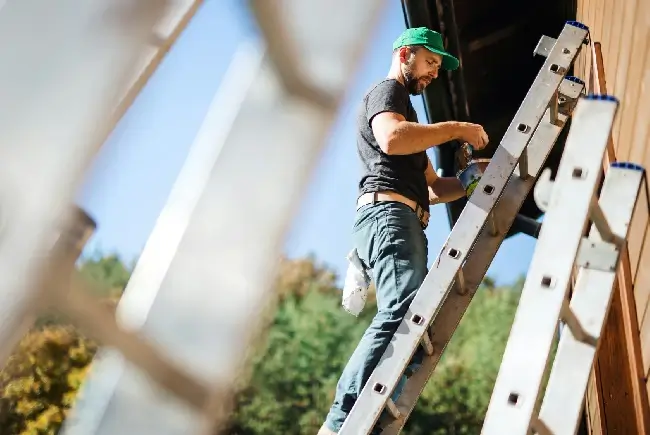
We believe routine maintenance and timely repairs are the best strategy. It may seem like work now, but it prevents repairs and even more expensive repairs later. Some steps you can try at home are:
Inspect your home’s exterior at least twice a year (spring and fall), checking siding, roof shingles, gutters, and windows
Clean and maintain gutters/downspouts so water is directed away from the home’s foundation
Paint or repaint when you see fading paint or peeling paint; use the right paint for materials and weather conditions
Seal gaps, cracked siding, or areas around windows and doors that are entry points for water or pests
Replace damaged siding or missing shingles as soon as possible rather than waiting for more damage
Check attic and crawlspace ventilation and insulation to support the home’s insulation and reduce strain on the HVAC system
Work with high-quality siding, roofing, and paint materials so the materials hold up better under Oklahoma weather conditions
Hire professionals when work is beyond small repair; quality workmanship matters
Overlooking Minor Issues Today Can Mean Costly Repairs Tomorrow
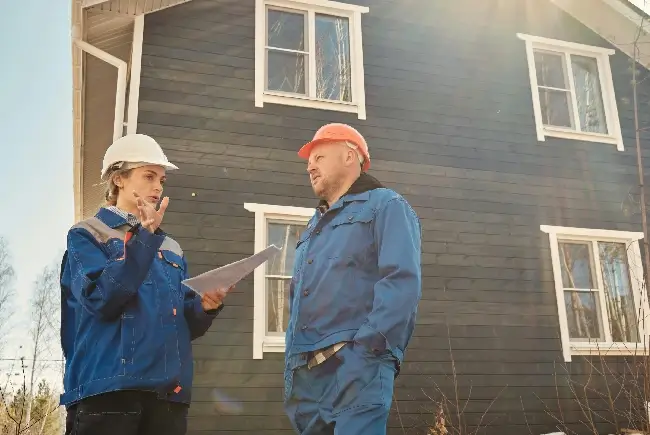
It’s tempting to think a small crack or spot of wood rot doesn’t matter. But in our experience, when you address minor issues early, you save money. Left unchecked, minor issues like faded paint, small leaks, cracked siding, peeling paint, or loose flashing let weather in. Then, water intrusion starts, mold growth takes hold, pests move in—all combining in ways that significantly impact the home’s marketability and lead to expensive repairs or structural damage.
Well-maintained homes tend to avoid these cascading problems, maintain their property value, and avoid jumps in energy bills and higher utility bills.
Let Maupin Roofing Help You Stay Ahead
Maupin Roofing has been in the business since 1985, fully licensed, insured, and bonded. We provide a full range of home exterior services, including roofing, fencing, gutters, windows, siding, and more.
Your exterior plays a crucial role in protecting your home, and ignoring it for too long can lead to significant damage that costs far more to repair. We’ll help you figure out whether you need a fresh coat or a full siding replacement, offering thorough exterior inspections so you can see the true cost of neglect before it becomes expensive repairs.
Call us today or visit our website to schedule a consultation! Let us partner with you to protect your home, keep comfortable temperatures inside, reduce energy bills, and preserve your resale value in the home market.
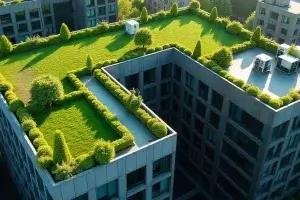
Green Roofs for Commercial Properties: Suitability, Types & Benefits
Green roofing systems replace or layer over traditional materials with soil, native plants, and engineered drainage systems that allow the roof to become a living
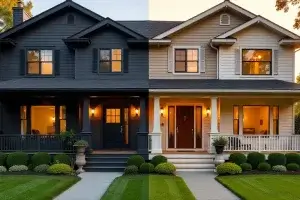
Boosting Curb Appeal with Exterior Colors: 12 Color Combos to Try
Before anyone notices your landscaping or your roofline, they notice color, which is why boosting curb appeal with exterior colors is such a powerful move.
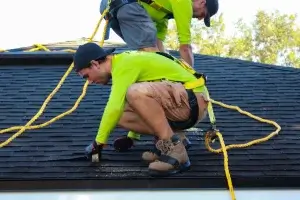
Residential Roof Maintenance Tips for Longevity
Your roof does more than cap off your home. It shields everything beneath it from Oklahoma’s heat, high winds, ice storms, and heavy rain. That’s
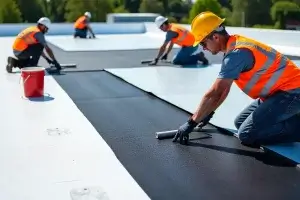
Modified Bitumen Roofs for Commercial Use: What to Know
Modified bitumen roofs for commercial use have become one of the most trusted options for flat and low-slope buildings for over a century. At Maupin
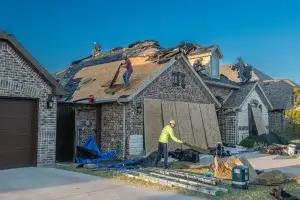
New Roof Installation Guide for Homeowners
As pros in the roofing industry, we know what really goes into a well-built roof and what can go wrong when corners are cut. A
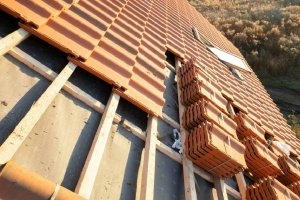
Best Time to Install a New Roof in Oklahoma
Something we often see is homeowners waiting too long to replace a worn-out roof, only to get caught in the middle of inclement weather or

